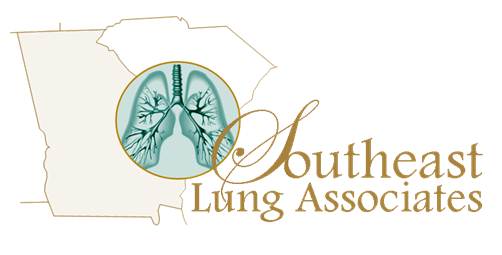Troubleshooting your CPAP
Trouble getting used to CPAP or feeling claustrophobic?
- It may help to wear the CPAP device for short periods or time during the day while awake and practice breathing with the machine. Some patients have compared adapting to CPAP to learning how to snorkel, swim, or scuba dive. Your body and brain will become accustomed to CPAP over time, just like snorkeling.
- Remember, there are all different types of masks and sizes. It could be as simple as changing from one mask to another.
Stuffy or Dry Nose?
- Most CPAP machines come with an adjustable heated humidifier. Turn the humidifier up for more moisture. If humidifier up for more moisture. If water starts forming in your tubing and mask, turn it down.
- If you are still having a dry nose, try saline nasal spray or gel at bedtime.
- For nasal congestion, try a steroid nasal spray like Flonase or Nasonex or an antihistamine which can be obtained over the counter or prescribed by us.
Waking with a dry mouth?
- Try increasing the setting on your humidifier.
- You may be sleeping with your mouth open which will cause it to dry out. Try wearing a chin strap (your medical equipment supplier can provide this) to help keep your mouth closed.
- If you are still opening your mouth, you may need to try a full face mask that covers your nose and your mouth. If you decide a full face mask is right for you, be sure to increase the humidifier setting to help avoid a dry throat.
Is air leaking around your mask?
- Try readjusting your headgear. The straps should be loose while still creating a seal. You may need to contact your medical equipment supplier (where you received your machine) for a proper mask sizing and fitting or come see us and bring your mask with you.
- Wash your face nightly to reduce the oil on your skin and provide a better seal.
Do you feel like the pressure is set too high or having trouble breathing out with CPAP?
- Try using the “ramp” feature located on your CPAP which decreases the pressure to a very low pressure and gradually increases it over a period of time. You may use the ramp feature as many times as necessary. If you awaken during the night and feel the pressure is high, use the ramp button. The ramp button serves as “training wheels” to help you adapt to CPAP.
Nasal Irritation?
- “Pillow” type CPAP circuits have small, soft pieces of plastic that fit at the nostrils. Sometimes the plastic will irritate the nostrils.
- If so, try using chapstick or cortisone cream. Apply a light coating in the nostrils before putting on CPAP and see if this helps.
- Also, make sure the straps supporting the mask are not too tight. They may be causing excessive pressure on the nostrils.
Maintenance
When should I replace the mask?
- Inspect your mask regularly for cracks or tears. Replace when mask is worn out or starts leaking. We recommend replacing a full mask every 6 months. Standard nasal and nasal pillow masks should be changed every 6-12 months.
When should the tubing be replaced?
- The tubing should be replaced every 6 months. Bacteria and mold can build up in the tubing over time, even with proper cleaning.
How and when should I clean the mask and tubing?
- You should use a mild vinegar solution. Mix 1 part vinegar and 3 parts water in a gallon storage container and store for future use.
- Rinse the vinegar solution through the humidifier chamber, mask and tubing once weekly.
- Rinse using tap water
- Reconnect the CPAP circuit to your machine and turn it on so the system can air dry itself.
- If the vinegar smell is too strong, try adding one drop of mild liquid dish soap to the mixture to neutralize the odor.
- Avoid anti-bacterial dish soap because it will break down your mask cushion much faster.
